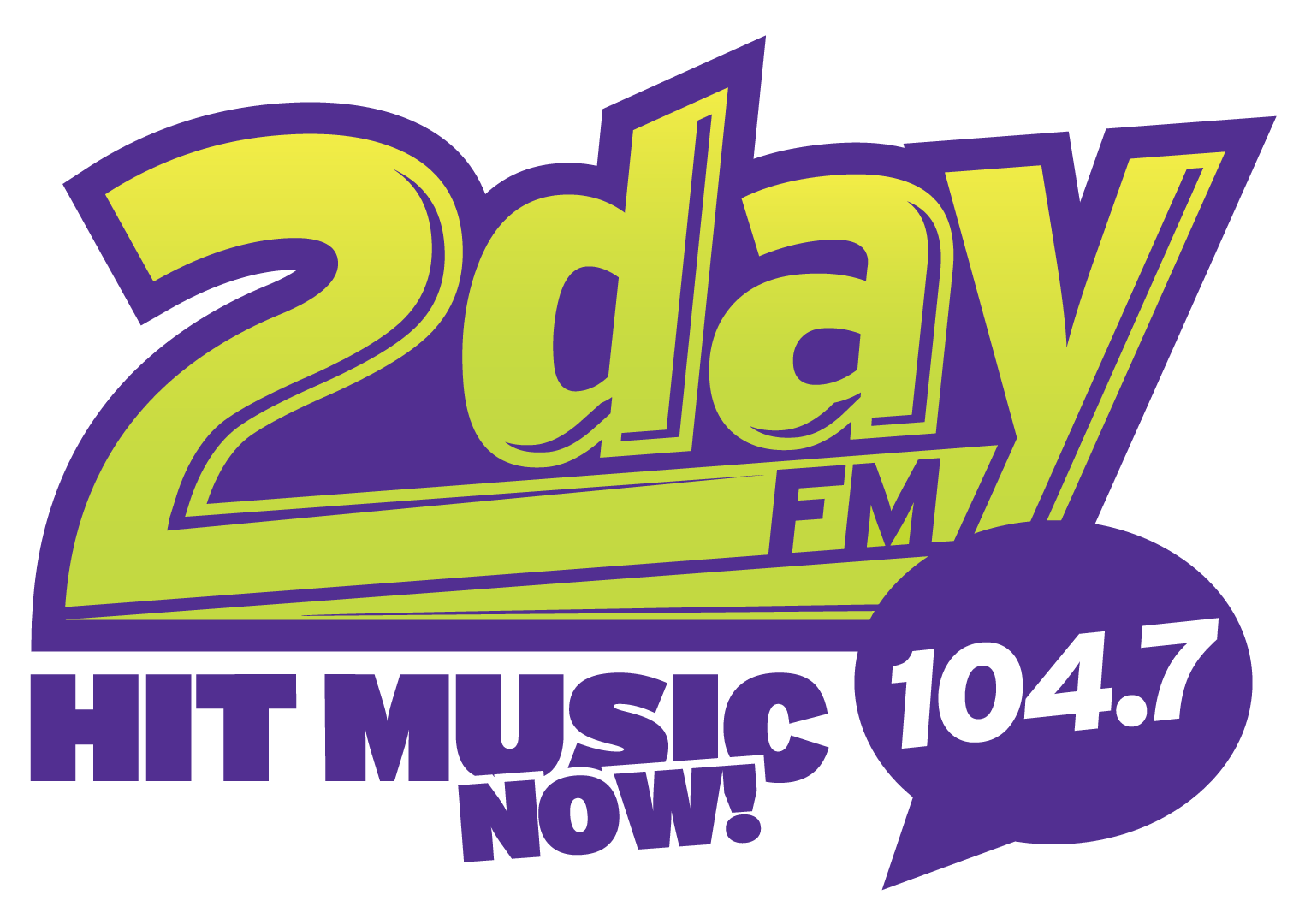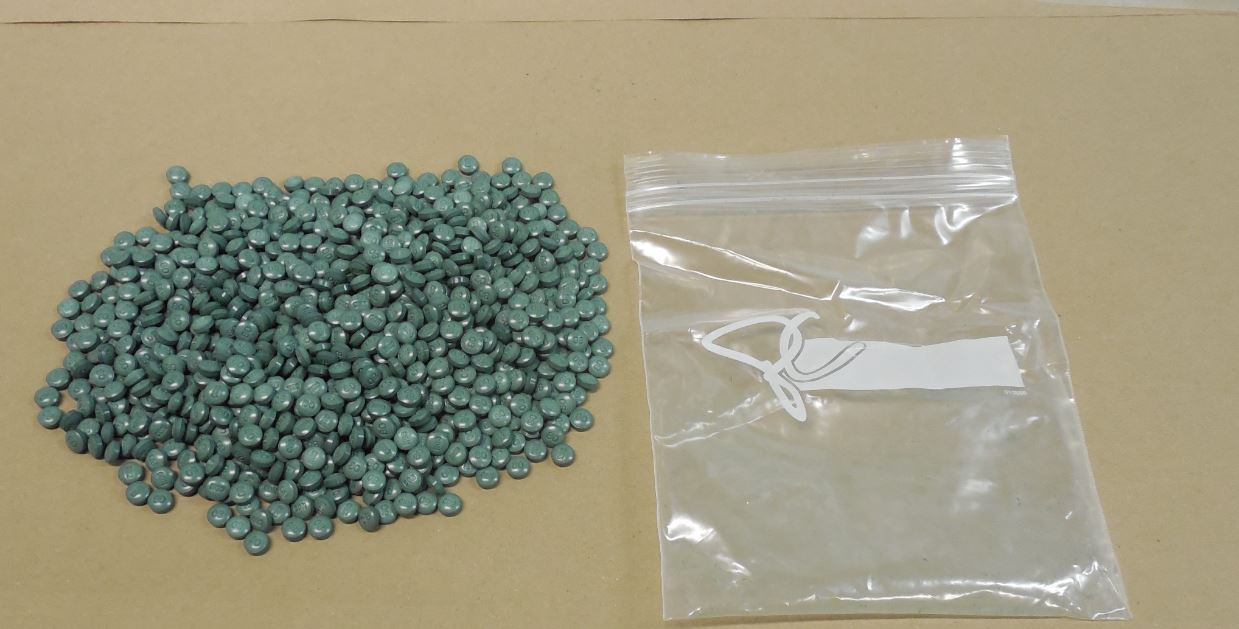The new opioid dependency treatment program set to open this spring in Grande Prairie will be a part of the Northern Addictions Centre. The province says there will be room for 300 people to get access to replacement therapy, along with counselling and other supports to help them recover from their addiction.
In a statement, Alberta Health Services says, “Those struggling with addiction need support from family and friends, and by increasing access to opioid replacement therapy in rural communities Albertans will be able to get help at home.”
The clinic is being made possible by a $3 million grant.
Local EMS responded to 53 opioid overdoses last year, and all RCMP officers in Grande Prairie now naloxone kits on them. RCMP Constable Gabrielle Spencer says quick response can mean a matter of life or death.
“Whether you’re treating or helping a fellow officer, or even someone out in the public, it’ll give time for EMS to come and deal with the person, whether it’s 30 minutes or 90 minutes because that’s what it usually works for.”
Once the spray or injection is given, the user still needs to get medical help immediately. Fentanyl can be 100 times stronger than morphine, and a dose the size of a grain of sand can kill a person. Some pills are stronger than others, due to hot spots created when mixing the drug.
The province announced Tuesday it is expanding access to naloxone training and kits to all first responders across Alberta, including police, peace officers, and firefighters. Grande Prairie Firefighters Association President Ian MacDonald says they’re welcoming the move, especially as the city leads the province in fentanyl deaths per capita. There were 37 fatal overdoses from the beginning of 2014 to September 2016.
“Given that number and knowing from the community groups such as HIV North and the number of kits that they’ve giving out to people within the community, we feel that we can make a huge impact in our timely response model to medical emergencies within the city.”
MacDonald hopes to have all local firefighters do their online training within 10 days. They’ll be using the nasal spray kits instead of the injectable ones.
“It’s a more timely delivery system; reduced risk of needle stick injuries for the provider. What our plan is right now is on all of our first line apparatus there will be four doses on each of those units.”
The rule is to wait five minutes after giving one dose to see whether a second is needed. The naloxone still needs to be followed up by a trip to the hospital.


